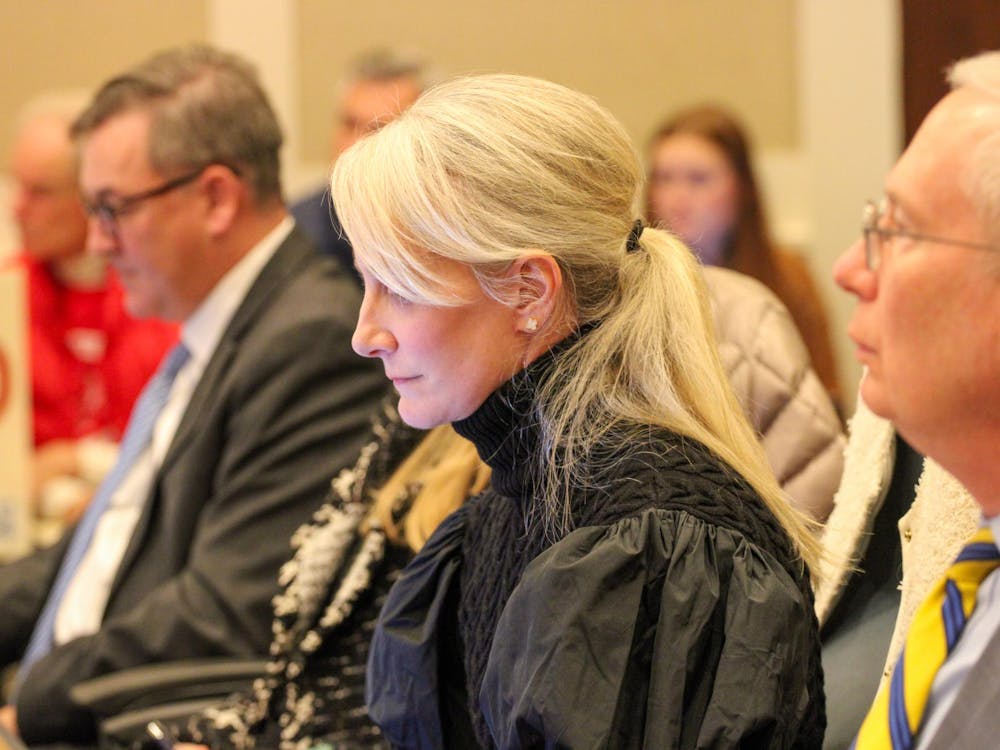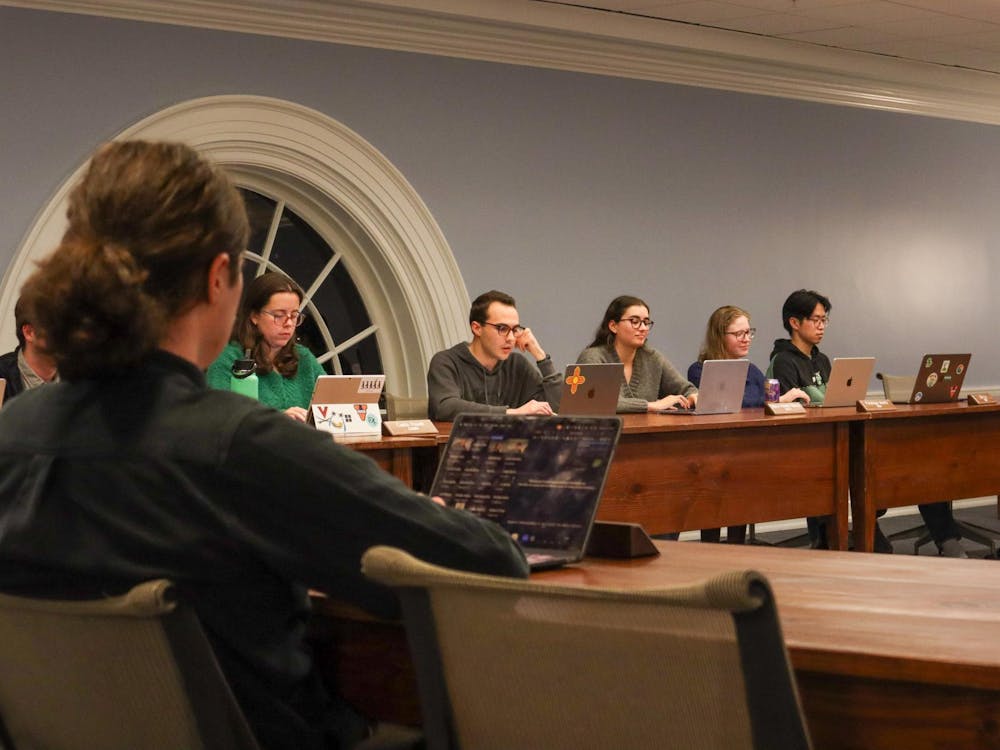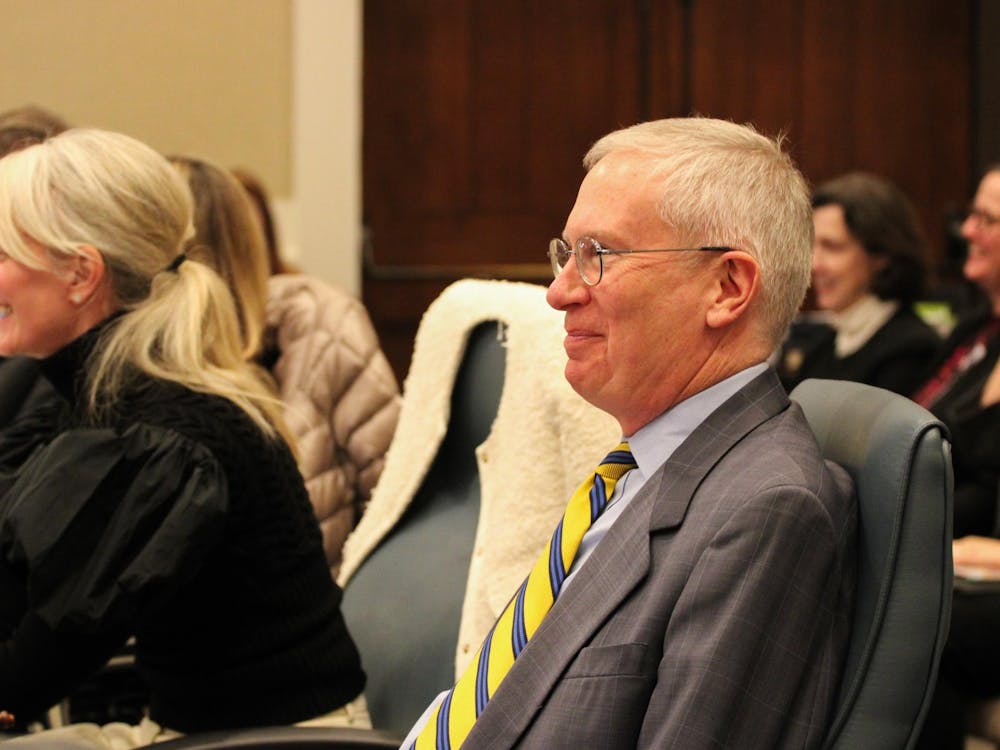Although snoring is an annoyance among adults, among children it may point to a serious problem, according to the research of a pediatric and sleep apnea team of Pediatrics Asst. Prof. Lynn D'Andrea and Internal Medicine Prof. Paul Surratt.
The researchers recently received a four-year $1.3 million grant devoted to the study of sleep apnea in children. D'Andrea, co-principal investigator and a child sleep apnea specialist, along with Surratt, co-principal investigator and an adult sleep apnea specialist, said they believe that sleep apnea can adversely affect a child's school performance and behavioral growth. The grant will allow the research team to further investigate what causes this disorder in children and what can be done to prevent it.
Obstructive sleep apnea is a disorder involving the obstruction of the back of the throat, resulting in a decreased amount of oxygen reaching the lungs and brain. This lack of oxygen is the key factor, D'Andrea said. It causes sleep to be interrupted, since the brain alerts the rest of the body that there is less oxygen.
"What you'll hear is snoring, and it'll be interrupted by snorts and gasps, she said. "They don't notice that they woke up 50 times -- they just go from a deep sleep to a light sleep."
This breakage of deep sleep is what causes the tell-tale signs of the disorder among children; D'Andrea noted irritability, low concentration, and even high blood pressure. Since a majority of them are hyperactive, they often are misdiagnosed with Attention Deficit-Hyperactivity Disorder. As a result, these children never receive the appropriate treatment and leave the apnea unreported.
The team's research will consist of a test to diagnose sleep apnea, the administration of logic function tests, treatment, and a final review.
The logic function tests examine the memory and ability of subjects to process information. These tests will be used to determine whether poor academic performance can be directly related to sleep apnea.
The team said they hope that the children will show improved concentration and less hyperactivity after treatment.
D'Andrea believes that large tonsils and adenoids (an appendage behind the nose) are the main culprits for a child's sleep apnea.
In one extreme case Surratt said that an A student was suddenly earning Ds and Fs. He believed this was attributed to large tonsils blocking the oxygen in this student's air passageway while he slept. Once they were removed, the student's grades improved.
But, he says this is not always the case.
"We see people with big tonsils and adenoids, and they don't have it," he added. "Or, after removing them, the apnea still happens."
Although adults and children with apnea experience similar problems with obstruction, D'Andrea and Surratt say there are other differences.
Dr. Steven Koenig, an associate professor of medicine and a specialist in adult sleep apnea in the internal medicine department, said the difference in symptoms could be attributed to the stages of growth in the brain.
Generally, those with apnea, "feel like they never went to bed, have a headache, fall asleep driving, lose memory and concentration. But you never see cases where adults became hyperactive."
Regardless of the possible connections between the two types of sleep apnea, D'Andrea stressed that it can cause more harm in children than in adults.
"We make fun of the grandpa who snores as he dozes off watching TV. However, it is a serious matter with children, since they can develop high blood pressure and increased chances for heart attacks," she said.






